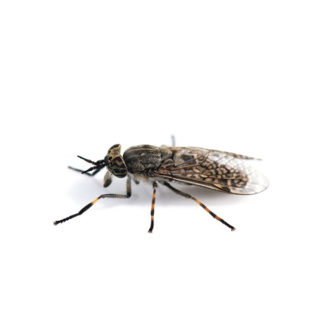Crane Flies in Kailua Kona
Crane flies inhabit temperate or tropical climates worldwide and are frequently mistaken for mosquitoes due to their resemblance to larger versions of these bloodsucking insects. Despite their long bodies and slender legs resembling giant mosquitoes, crane flies are non-biting and are sometimes referred to as mosquito hawks or mosquito wasps, even though they don’t feed on mosquitoes. The larvae of this species can cause damage to turf and lawns by feeding on roots, crowns, and above-ground portions of grass plants.
Crane Fly Habitat
Crane flies inhabit lawns, turf, compost piles, and damp soil around ponds and streams. Emerging from the soil beneath turfgrass and other grassy areas in late summer and fall, adult crane flies lay eggs that give rise to small, brown, wormlike larvae known as “leatherjackets.” These larvae feed on the roots and crowns of clover and grass plants during the fall, spending the winter in the soil. Around mid-May, they transition into a nonfeeding pupal stage just below the soil surface. By late summer, the pupae wriggle to the surface and transform into adult crane flies.
Crane Fly Behaviors, Threats, or Dangers
While mature crane flies do not bite or transmit diseases, the presence of crane flies in lawn grass can present challenges. Crane fly larvae, feeding on crowns and grass blades during warm nights, can cause damage to lawns and turf. Damage becomes apparent in March and April, appearing as dying patches in the turfgrass. Natural predators like birds and ground beetles contribute to a decrease of up to 50% in crane fly larvae populations during the winter months and between March and May. If you are dealing with a crane fly problem on your property, contact your local exterminators.
Need help with Crane Fly control?
Leave your information below and we’ll be in touch with a FREE quote!
"*" indicates required fields
*During normal business hours. After hours calls will be returned the next business day.





